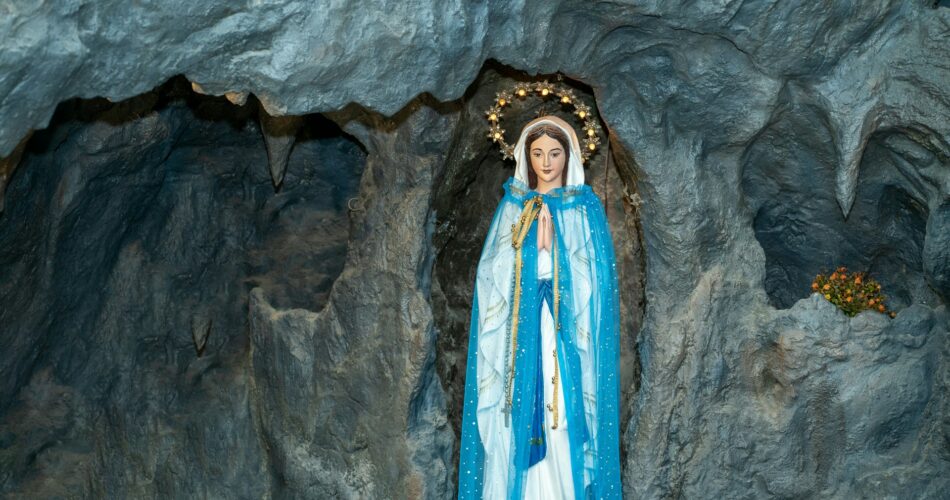Archeologists Unearth Ancient Christian Palace
In Bahrain, a groundbreaking archaeological excavation has uncovered an early known Christian structure in the Arabian Gulf, providing valuable insight into a Christian community that predated the widespread adoption of Islam. This significant discovery was made in Samahij, an area of historical importance, and is believed to be one of the earliest examples of the Church of the East, also known as the Nestorian Church.
The excavation, led by a research team from the University of Exeter in collaboration with the Bahrain Authority for Culture and Antiquities, utilized radiocarbon dating to establish that the building dates from the mid-fourth to mid-eighth centuries. The large edifice, likely serving as a bishop’s residence, was comprised of 8 rooms including a kitchen, dining area, workroom, and living quarters. Among the notable finds was a pearl shell with a face drawn on it, which may have been crafted for a child living at the site.
The team also unearthed various Christian symbols and artifacts, which underscore the site’s significance to the Christian faith. Additionally, they discovered textiles, textile production tools, and copper coins from the Sasanian Empire, all of which point to the community’s economic prosperity and vibrant trade connections.
The project, began in 2019 and finished in 2023, was initially inspired by local legends about a significant find beneath a ruined mosque or shrine. Although these claims were initially dismissed, further investigation confirmed their validity, leading to the excavation of the site. Future research plans are in place, and a museum is scheduled to open in 2025 to showcase and preserve the newly discovered artifacts.
